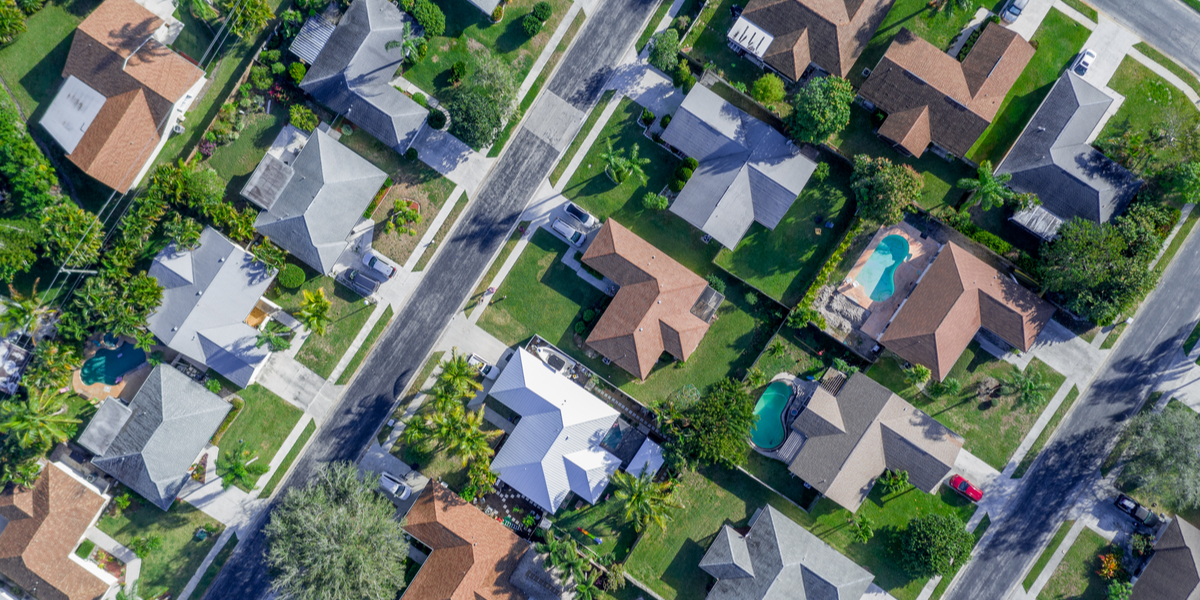What Texas’ Conservation Alert Says About Energy Efficiency and Blackouts
Let's Save Energy
Alliance to Save Energy's Blog

Texans were, understandably, not happy when just months after a winter power outage left millions in life-threatening cold temperatures, they were told once again that the state’s grid was under stress. The Electric Reliability Council of Texas (ERCOT)’s announcement last week asking Texans to reduce energy use resulted in more than a little frustration, with a trail of angry Twitter replies longer than a Dallas Cowboys commercial break.
ERCOT’s conservation alert brings attention to the fact that yes, using less energy can prevent blackouts – the power thankfully stayed on in Texas last week and ERCOT was able to lift the conservation notice after a few days. But emergency requests to conserve – while sometimes essential – are not the only way, and certainly should never be the primary way, to reduce energy use. To limit the likelihood of future blackouts, Texas needs a forward-looking energy efficiency approach.
First, to be clear, energy conservation is not the same thing as energy efficiency. Conservation means using less – period. Texans were asked to avoid using large appliances, turn up the A.C. setpoint, and unplug anything unessential. In contrast, home energy efficiency does not involve making sacrifices. It includes using efficient technologies that work just as well (or often better) than their non-efficient counterparts; for example, an LED bulb uses more than 75% less energy than an inefficient incandescent bulb, yet is just as bright and lasts 25 times longer. It also includes measures like improving building envelopes so homes waste less energy through old windows, improperly sealed doors, or under-insulated walls.
It’s these measures which, if implemented widely across Texas, could prevent more last-minute calls for conservation. Despite being the second most populous state, Texas is ranked 29th of 50 states for energy efficiency. In fact, a study by the state Public Utility Commission after blackouts in 2006 found that Texas could cost-effectively reduce peak demand by 23% relative to 2007 levels. Seeing as just about 13% of generation went offline last week, it’s not unreasonable to claim that had the state seriously acted on making energy efficiency upgrades after the 2006 report, the conservation alert that caused so much controversy last week could have been avoided entirely.
What’s even more impressive is that the PUC report focused on traditional energy efficiency measures Texas could take, such as upgrades to HVAC, lighting, and refrigeration. But technology is quickly making the potential for efficiency to prevent blackouts even greater: Active Efficiency measures, which use digital technologies to optimize energy use, can enhance reliability – often without requiring any effort at all on part of customers.
For example, smart thermostats can take account of factors like your preferred temperature setting, current household occupancy, and overall grid conditions in order to automatically adjust and find the setting that works for all parties involved. For example, if you accidentally left your A.C. running while you were away from the house, some smart thermostat models could adjust the setpoint to prevent energy waste. Your thermostat can also adjust earlier in the day to precool your home below your usual set point prior to a peak demand event. Then it can gradually raise the set point above its normal level so that later in the day when demand rises, your A.C. won’t need to run but, with a well-insulated home, your comfort level won’t be compromised during the event. An increasing number of utilities also offer demand response programs for customers, where opting in means the utility can remotely adjust your thermostat during peak demand events, usually in exchange for financial incentives. At scale, there’s evidence this could have a significant impact on avoiding blackouts: last year in California, smart thermostats were found to have a per device impact of 0.76kW over four hours. That would be 3800 MW of reduced demand if scaled to 5 million residential users – more than a typical range of thermal generation outages on hot summer days. Terms of joining a demand response program should always be clear to customers – some Texans were surprised last week when their thermostats adjusted themselves. The rights of the provider and customer should be outlined upfront, not just in the fine print.
Smart thermostats are just one example of an Active Efficiency solution that can help prevent or lessen the impact of blackouts. Other solutions include deploying more microgrids and other types of distributed energy resources (DERs), which allow for more load shifting and can enable critical facilities to stay powered on no matter what happens with the larger grid, as well as accelerating development of grid-interactive efficient building (GEBs) – buildings that can communicate with the grid to optimize energy flows not just during emergencies, but day in, day out.
Dealing with peak demand events has long been one of the largest challenges that utilities face, and with the combination of new generation sources coming on the grid and more frequent extreme weather events caused by climate change, it’s even more necessary that grid operators plan now to prevent potentially deadly outages. Energy efficiency – and increasingly Active Efficiency – is simplest, smartest, and most customer-friendly way to manage demand, and it’s time to invest for the future in these solutions.
RECENT BLOG POSTS
STAY EMPOWERED
Help the Alliance advocate for policies to use energy more efficiently – supporting job creation, reduced emissions, and lower costs. Contact your member of Congress.
Energy efficiency is smart, nonpartisan, and practical. So are we. Our strength comes from an unparalleled group of Alliance Associates working collaboratively under the Alliance umbrella to pave the way for energy efficiency gains.
The power of efficiency is in your hands. Supporting the Alliance means supporting a vision for using energy more productively to achieve economic growth, a cleaner environment, and greater energy security, affordability, and reliability.



